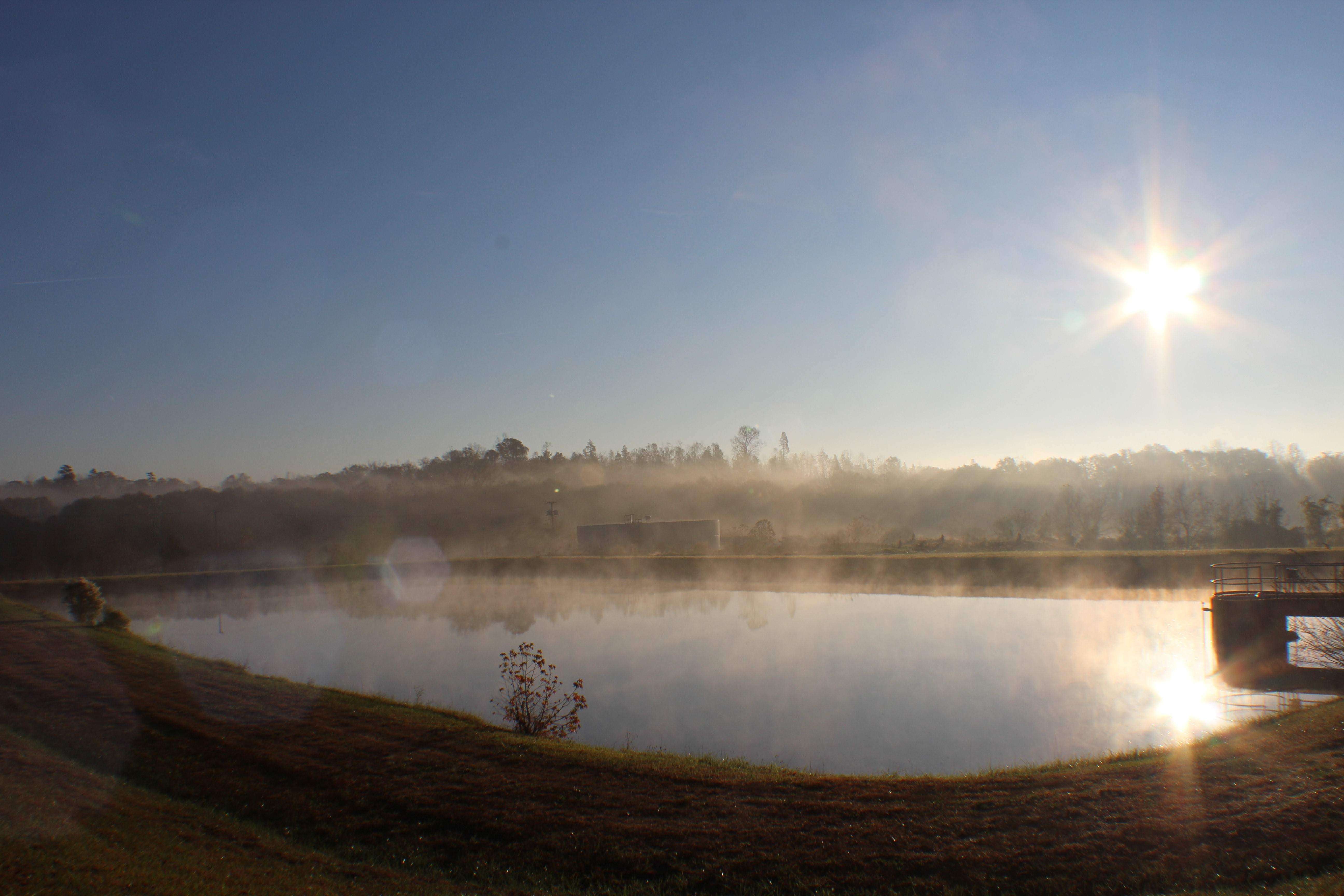


Water Treatment:
The water treatment facility serves the town of Dallas providing the safest, cost effective and environmentally safe drinking water. The facility is rated for one million gallons a day of production of drinking water. The facility is a surface water system and uses conventional treatment. The Town withdraws raw water from the South Fork River of the Catawba River Basin. The facility also uses an off stream storage pond as a pre-sedimentation basin to help with high turbidity events. By allowing the water more time to travel to allow for solids to drop out of solution before entering the facility.
How do I know that the water in my home is safe to drink?
The United States Environmental Protection Agency External (EPA) is responsible for making sure that public water supplies within the United States are safe. In 1974, Congress passed the Safe Drinking Water Act. This law sought to protect the nation’s public drinking water supply by giving EPA authority to set the standards for drinking water quality and oversee the states, localities, and water suppliers who implement those standards. In 1986 and 1996, the law was amended to protect drinking water and its sources, which include rivers, lakes, reservoirs, springs, and ground water wells.
How do contaminants (germs and chemicals) get into my drinking water?
- There can be many sources of contamination of our water systems. Here is a list of the most common sources of contaminants:
Naturally occurring chemicals and minerals (for example, arsenic, radon, uranium)
- Local land use practices (fertilizers, pesticides, livestock, concentrated animal feeding operations)
- Manufacturing processes
- Sewer overflows
- Malfunctioning wastewater treatment systems (for example, nearby septic systems)
Many contaminants that pose known human health risks are regulated by the United States Environmental Protection Agency (EPA). EPA makes sure that water meets certain standards, so you can be sure that high levels of contaminants are not in your water
This is why storm water protection is so important.. Please also refer to storm water page.
How often does our public water system test our drinking water?
Frequency of drinking water testing depends on the number of people served, the type of water source, and types of contaminants. Certain contaminants are tested for more frequently than others, as set forth by the Safe Drinking Water Act. You can find out about levels of regulated contaminants in your treated water for the preceding calendar year in your Annual Consumer Confidence Report (CCR).
What common contaminants are included in this testing?
The EPA sets standards and regulations for the presence and amount of over 90 different contaminants in public drinking water, including E.coli, Salmonella, and Cryptosporidium species. More information regarding the specific contaminants and maximum contaminant levels can be found on the EPA’s website (Drinking Water Contaminant Candidate List and Regulatory Determinations).
What should I do if I want my household water tested?
The United States has one of the safest public water supplies in the world. However, if you are concerned about contaminants in your home’s water system, contact the Water Treatment Facility to set up a time and date for sampling. Phone: 704-922-1309